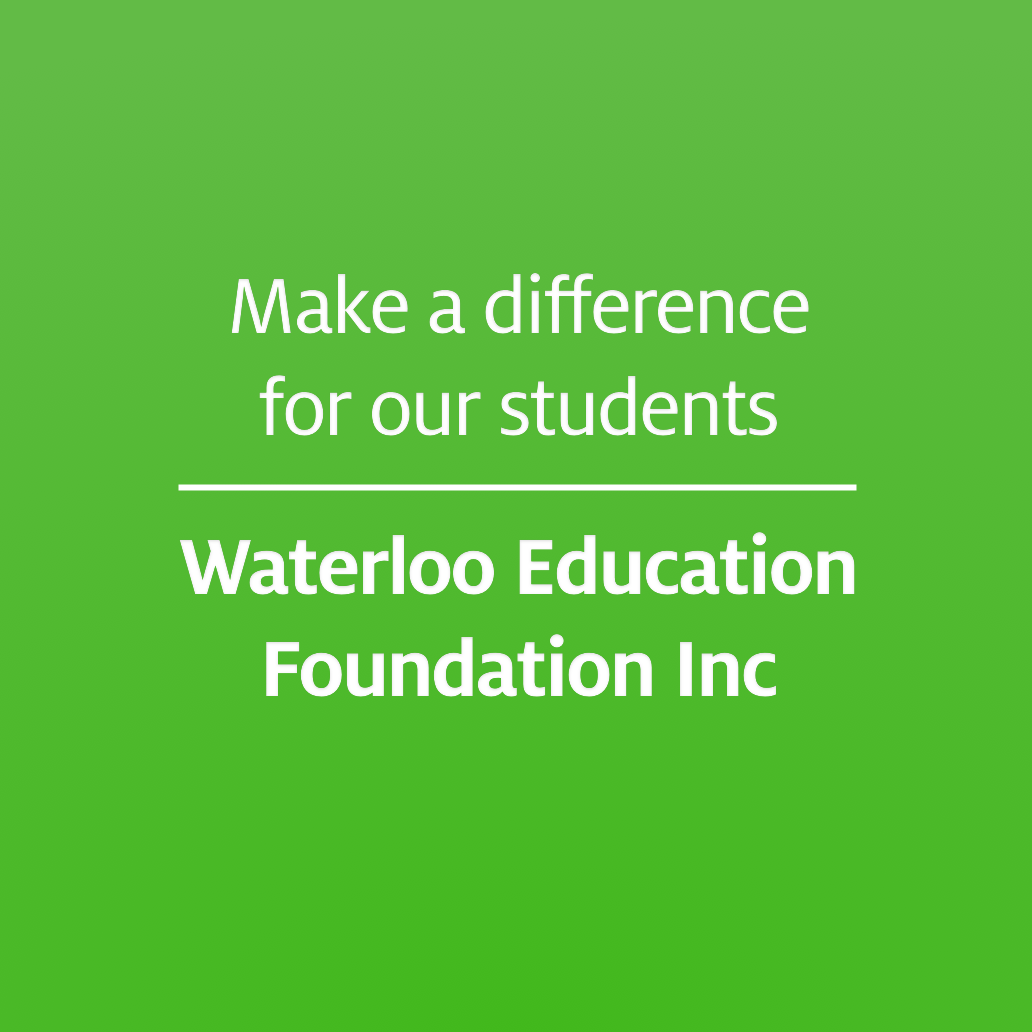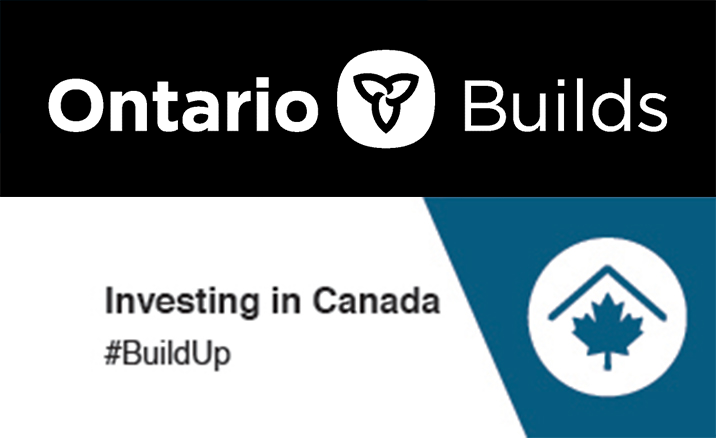June 12th, 2017
For the month of June, all WRDSB schools and the education centre are flying the Pride flag. Below are some frequently asked questions and resources to help guide conversations for parents and caregivers.
Why is my child’s school flying the Pride flag?
The month of June is Pride month. Many of our students, staff, parents/guardians and community members identify as members of the Rainbow or LGBTQ+ community. Flying the Pride flag not only signals that our schools are safe spaces for everyone, it also aligns with our Operational Goal of student and staff well-being and our new Strategic Priority that staff are supported in their wellness and students experience a sense of belonging in a caring learning environment that addresses their well-being.
Our school district is showing our acceptance of the LGBTQ community during Pride month by raising the Pride flag. We continue to raise awareness and support inclusion and acceptance of other marginalized groups in other ways. Some examples include developing an anti-racism guide for elementary teachers, supporting persons with disabilities by making our schools more accessible and creating a new board statement that acknowledges the territorial lands of the Haudenosaunee, Anishnawbe, and Neutral People. We continue to work to ensure the equity and inclusion of all our students and staff.
What if the flying of the Pride flag is against my personal values and beliefs?
We believe that our schools are safe spaces for everyone. Everyone has the right to be treated with dignity and respect. Regardless of your personal values and beliefs, we must follow the Ontario Human Rights Code that protects marginalized groups from discrimination and harassment. We are flying the Pride flag to demonstrate our commitment to our community that discrimination and harassment of any kind will not be tolerated in our schools.
Are you allowed to fly another flag on the same mast as the Canadian flag?
The Government of Canada indicates that the manner in which the Canadian flag is displayed in Canada is not governed by legislation. The rules applied by the government are not mandatory for individuals or organizations, they simply serve as guidelines. Before making the decision to fly the pride flag, we checked in with the Government of Canada’s flag protocol lead at Heritage Canada. They confirmed that where schools only have one mast it is a pragmatic workaround to show our support and inclusion of the rainbow community by flying the Canadian flag first, with the pride flag beneath.
What does LGBTQ+ mean?
LGBTQ+ refers to Lesbian, Gay, Bisexual, Transgender, and Queer or Questioning. The + refers to people who identify as Intersex, Asexual or an Ally.
Other common terms used to describe people in these communities who do not identify as heterosexual are the Queer Community or Rainbow Community. It is important to be respectful and use the terms that people prefer when identifying a person as part of this community. Please see this glossary of terms as a reference.
How are schools discussing the Pride flag and LGBTQ+ issues?
Each of our schools is committed to providing its students with a positive school climate. We know that when students feel safe and supported in a healthy school climate, they have greater success. Through the work of our Safe, Caring and Inclusive School (SCIS) Teams as well as the province’s Well-Being strategy we are committed to creating the healthy, positive spaces in schools that our students need.
Each of our high schools and 15 elementary schools have Gay Straight Alliances (GSA). These clubs are safe spaces for our students, staff, and allies of the Rainbow community to come together and discuss issues they may be facing and topics that matter to them. Our GSAs are places that our students feel comfortable being themselves and can have open and honest conversations with their peers.
In our elementary schools, through the Health and Physical Education curriculum, students learn to understand and respect things that are the same and different from each other. This includes that not every family looks the same. Some families have a mom and a dad, some just have a mom or a dad and some families have two moms and two dads.
What are supports available to students in schools? Are staff members prepared to have discussions with students regarding LGBTQ+ issues?
In addition to our schools having a GSA as a safe space and resource for students, our administrators and teachers have access to resources that we developed in partnership with local agencies. These resources include an LGBTQ OutLoud videos and resource guide, developed in partnership with OK2BME. The video and guide provides support around LGBTQ issues on different topics with facilitation questions designed to help guide conversations with staff and students.
This year we introduced Administrative Procedure 1235 – Accommodation of persons who identify as transgender. Each of our administrators participated in a full day of learning about the new procedure and what it means to identify as trans.
Last March, physical education teachers and school administrators participated in training sessions on the revised Health and Physical Education Curriculum, including information on how to discuss sexuality and gender identity.
How do I talk to my child about what it means to identify as gay or transgender?
Since everyone parents in different ways, it is difficult for us to answer this question. You will know best on how to speak to your child about accepting and including people who identify as LGBTQ.
For elementary aged children, we suggest focussing your discussion on love and relationships and explain that people love each other in different ways. When talking to children about people who identify as transgender, explain that in their head and their heart, they feel that they are a boy or a girl. Sometimes it takes a person more time to be comfortable to express themselves as who they really are.
We recommend the following books to help guide your conversations:
Molly’s Family by Nancy Garden
George by Alex Gino
And Tango Makes Three by Justin Richardson and Peter Parnell
King and King by Linda de Haan
My Princess Boy by Cheryl Kilodavis
Being Jazz: My Life as a (Transgender) Teen by Jazz Jennings
Red: A Crayon’s Story by Michael Hall
These books can be found in many of our school libraries as well as our local public libraries.
Our school staff are available for parents who wish to discuss these issues and parents can email info@wrdsb.on.ca if they would appreciate more support from our equity and inclusion team.
The Human Rights Campaign in the United States has a guide for parents on discussing LGBTQ+ issues with students.
The visibility of the Pride flag has started conversations at home. What are some local resources I can contact that provide support and services to families and children that identify as LGBTQ+?
OK2BME is a local organization that supports students who identify as LGBTQ+ and their families. OK2BME is a program available through KW Counselling and can be reached at 519-884-0000 or by email at ok2bme@kwcounselling.com
Categories: Community · Learning · Schools Tags: equity and inclusion · gay-straight alliances (GSA) · Pride Month


